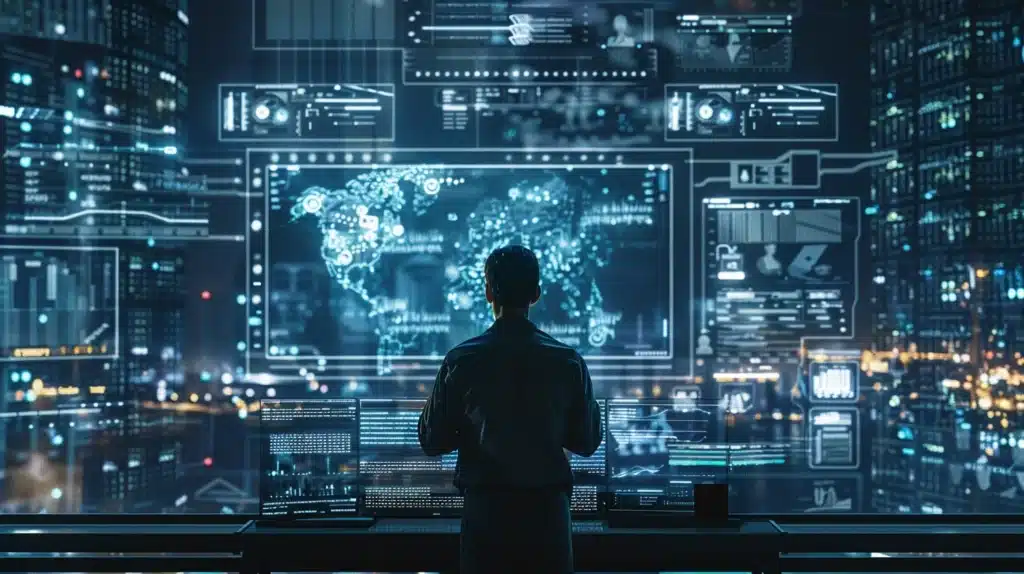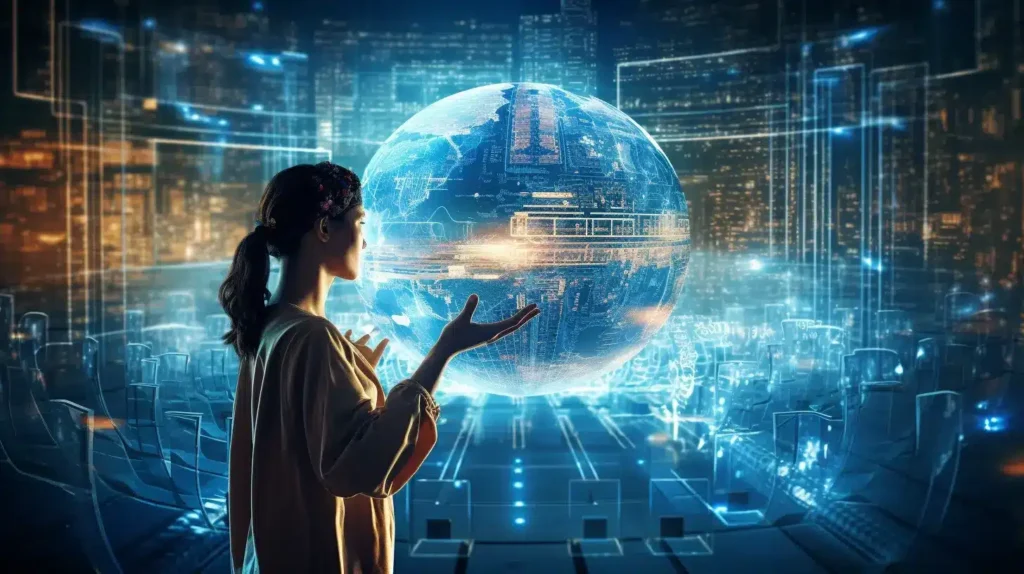
Technologies in the fast-put world of design, the integration of new devices is changing the way we imagine, create, and talk . From 3D printing and virtual real to artificial intelligence and fertile design, these technologies are not just growing creativity but are also redefining the very nature of design itself. This article tours the current scenery of union design technologies, their applications, benefits, and potential future developments.
Read also : the mark-e-burnum
1. The Rise of 3D Printing
3D printing, or additive make , has changed various industries, including architecture, fashion, and product design. This technology allows designers to create complex shapes and structures that were formerly impossible to get with traditional make methods.
Applications in many Fields
Architecture: Architects are using 3D printing to create complex models, allowing for better fabrication of projects. Some innovative firms are even tour the chance of printing entire buildings using concrete mixtures.
Fashion: Designers like Iris van Herpen have fused 3D printing into their collections, producing avant-garde shift that blend technology with artistry. This allows for adaptation and rapid prototyping.
Product Design: Companies like Nike and Adidas use 3D printing to develop lightweight, customized footwear, which enhances performance and comfort.
Benefits of 3D Printing
Customization:Designers can create personalized products tailored to individual preferences.
Reduced Waste: Traditional manufacturing often results in excess material, whereas 3D printing uses only the necessary amount of material, leading to a more sustainable process.
Rapid Prototyping: Designers can quickly iterate their ideas, testing and refining them before full-scale production.
2. Virtual Reality (VR) and Augmented Reality (AR)
Virtual and augmented reality technologies are changing the landscape of design by enabling immersive experiences that enhance creativity and collaboration.
Enhancing the Design Process
Immersive Design Review: VR allows designers and clients to walk through a virtual space, offering a realistic perspective of the design. This aids in identifying potential issues before construction begins.
Collaborative Tools: AR can facilitate collaboration among remote teams, allowing designers to visualize changes in real-time. Tools like Microsoft’s HoloLens enable multiple users to interact with a shared virtual environment.
Real-World Applications
Interior Design: Designers can use VR to showcase potential layouts and designs to clients, providing a more engaging presentation than traditional methods.
Gaming and Film: The entertainment industry utilizes VR and AR for creating engaging storylines and environments, providing users with immersive experiences.
3. Design Using Artificial Intelligence (AI).
AI has evolved as a valuable tool for designing, streamlining processes, generating ideas, and boosting creativity.
AI-powered design tools
Generative Design: AI algorithms may assess design restrictions and develop a variety of solutions using established parameters. Autodesk’s Fusion 360 is an excellent example, allowing engineers to swiftly explore a wide range of design options.
AI-Assisted Creativity: Tools such as Runway ML empower designers with AI-driven suggestions for visuals and layouts, allowing them to push creative boundaries and try new approaches.
The Advantages of AI in Design
Efficiency: Artificial intelligence can automate monotonous activities, freeing designers to focus on higher-level creative ideas.
Enhanced Creativity: By providing new perspectives and possibilities, AI might motivate designers to investigate things they may not have considered before.
4. Generative Design
Generative design is an innovative approach that leverages algorithms and computational power to produce a wide range of design alternatives.
The Process of Generative Design
Designers input their requirements—such as materials, size, weight, and performance criteria—into a software platform. The algorithm then explores all possible combinations to generate optimal designs that meet the specified criteria.

The advantages of generative design
Optimal Solutions: Technology can reveal designs that humans may not have imagined, resulting in unique solutions that improve performance and efficiency.
Sustainability: By examining materials and processes, generative design can support more sustainable practices, lowering the environmental effect of manufacturing.
The presentation includes case studies.
Companies like General Motors have used generative design to build lightweight parts that improve fuel efficiency while maintaining safety.
NASA uses generative design to create lightweight but structurally durable spacecraft components.
5. Designing Using Blockchain Technology
Blockchain technology is disrupting the design profession by increasing transparency and preserving intellectual property.
Applications for Design
Provenance Tracking: Designers can utilize blockchain to authenticate their work, guaranteeing that original works are recognized and safeguarded from illicit reproductions.
Blockchain allows decentralized platforms on which designers can collaborate, share resources, and distribute revenues equitably.
Benefits of blockchain
– Security: The immutability of blockchain ensures that design ownership is transparent and verifiable.
– Fair salary: Smart contracts can automate payments, ensuring that designers receive the salary they agreed upon in collaborative projects.
6. Technologies for Sustainable Design
As the globe deals with climate change, sustainable design technologies are gaining acceptance. These technologies not only address environmental issues, but they also encourage responsible consumption.
Innovations in Sustainability Design
– Biomimicry is a technique that uses nature’s models and processes to develop long-term solutions. Designers, for example, may emulate the effectiveness of termite mounds to control climate in structures.
Eco-friendly Materials: Advances in material science have resulted in the creation of sustainable materials such as mycelium-based composites and biodegradable polymers, which are being used in a variety of design sectors.
Sustainable Design’s Future
As environmental awareness develops, so will the demand for sustainable design techniques. Designers will be pushed to develop solutions that reduce ecological footprints while meeting consumer needs.
Conclusion
A variety of developing technologies that boost creativity, improve efficiency, and encourage sustainability are shaping the future of design. The design landscape will transform as we learn more about the promise of 3D printing, VR, AI, generative design, blockchain, and sustainable practices.
Designers who embrace these technologies will not only stay ahead of the curve but will also contribute to a more sustainable and creative future. The intersection of technology and design is not just a trend; it is a transformative force that will redefine how we experience and interact with the world around us. As these tools become increasingly integrated into the design process, the possibilities are limitless, paving the way for a new era of creativity and innovation.
For more information : Technologies


